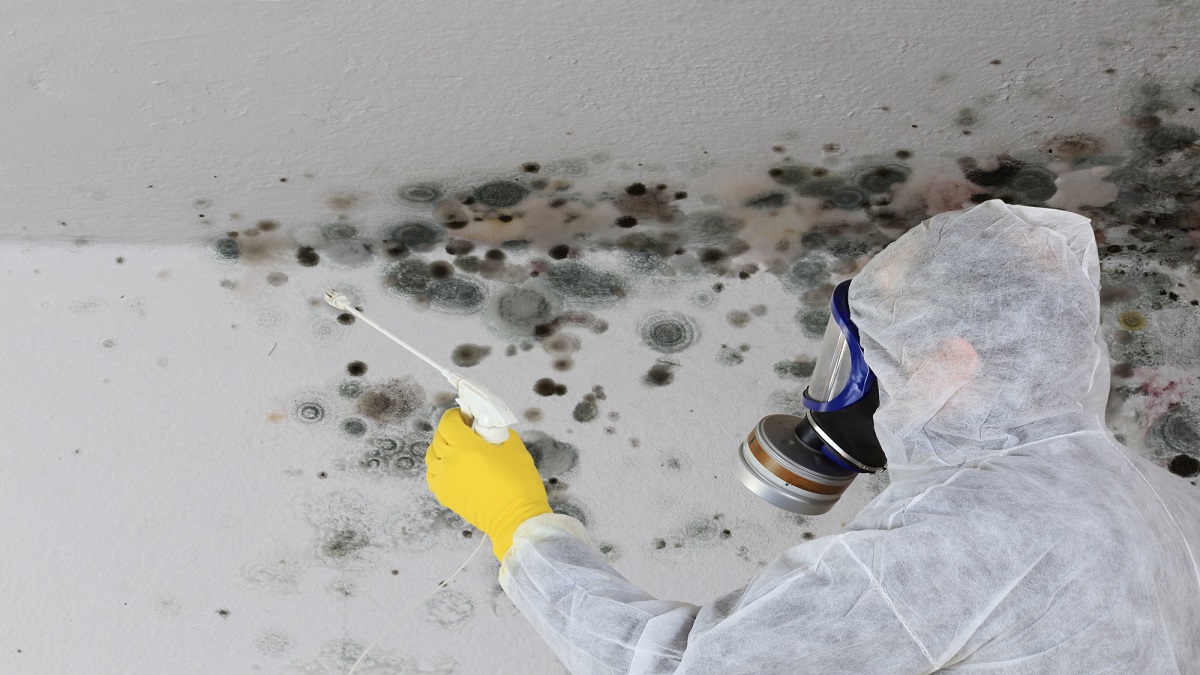10 warning signs of mold toxicity. When people are exposed to mould spores in their homes or places of work, it can be dangerous for their health. Mould is a fungus that may thrive in both humid indoor and outdoor environments. Some moulds are quite safe, but others can create toxins that can cause a host of problems for your health. In this post, we’ll take a look at the top 10 symptoms of mould poisoning and talk about why it’s crucial to address health issues associated to mould right away.
When mould spores cause health problems, we say that mould is poisonous. Mycotoxins are produced as mould decays and can cause a wide range of symptoms in those who are sensitive to them.
Understanding Mold Toxicity
Inhaling, eating, or coming into touch with mould spores can lead to mould poisoning, also known as mycotoxicosis. Health issues are possible after prolonged mycotoxin exposure.
Common Sources of Mold Exposure
Mould is a common allergen and can be found almost anywhere, including indoors. Wet basements, dripping roofs, poorly ventilated bathrooms, and high humidity are common places where people are exposed to mould.
Signs and Symptoms of Mold Toxicity
1. Allergic Reactions
Allergic symptoms including sneezing, a runny nose, watery eyes, and itchy skin can be brought on by being around mould. Mould infestations can exacerbate allergy symptoms for susceptible individuals.
2. Respiratory Issues
In vulnerable people, inhaling mould spores can trigger a wide range of symptoms, including but not limited to: coughing, wheezing, chest tightness, and even asthma episodes.
3. Skin Irritation
Skin irritation, redness, and rashes can result from coming into touch with mould. Protect yourself from mould by avoiding direct contact with it.
4. Fatigue and Weakness
Chronic weariness, weakness, and a lack of energy are all symptoms of mould toxicity that can make even the simplest of tasks difficult.
5. Headaches and Migraines
Mould exposure can cause headaches and migraines. Light sensitivity has been linked to several types of headaches.
6. Difficulty Concentrating
Mould exposure has been linked to difficulties with attention, memory, and other mental processes.
7. Digestive Problems
Nausea, vomiting, diarrhoea, and abdominal discomfort are all common mould toxicity symptoms.
8. Joint Pain
Pain and swelling in the joints without any other obvious cause may be a sign of mold-related illness.
9. Sensitivity to Light and Sound
An increased sensitivity to light and sound could be distressing and unpleasant for those with mould poisoning.
10. Neurological Symptoms
Numbness, tingling, tremors, and problems with balance and coordination are just some of the neurological symptoms that can develop from prolonged exposure to mould.
Diagnosing Mold Toxicity
Due to the overlap in symptoms with other diseases, diagnosing mould toxicity can be difficult. To diagnose mould toxicity, doctors may use a combination of patient history, physical examination, and specialised tests.
Addressing Mold Exposure
Identifying and removing the source of mould is crucial if you suspect mould poisoning. Mould may be safely removed and further exposure avoided with the help of a professional mould removal service.
Preventing Mold Growth
Maintaining enough ventilation, lowering humidity, addressing leaks quickly, and exposing living spaces to sufficient sunshine are all important measures to take to prevent mould formation.
Seeking Professional Help
Anyone experiencing life-threatening symptoms should consult a doctor immediately. Accurate diagnosis and treatment options for mold-related ailments can be provided by medical professionals with experience in this area.
Conclusion
Exposure to toxic mould poses serious health risks and can cause symptoms across multiple body systems. Better health and well-being can result from being aware of and responding to the potential indicators of mould toxicity.
Frequently Asked Questions (FAQs)
Can I remove mold myself?
It’s recommended to hire professionals for mold removal to ensure safe and effective remediation.
Is mold toxicity reversible?
With prompt and proper intervention, many 10 warning signs of mold toxicity symptoms can improve over time.
Can air purifiers eliminate mold spores?
High-efficiency particulate air (HEPA) purifiers can help reduce mold spores indoors, but mold source removal is crucial.
Are some individuals more sensitive to mold?
Yes, individuals with allergies, asthma, or compromised immune systems are more susceptible to mold-related health issues.
How can I prevent mold growth in my home?
Keeping indoor spaces well-ventilated, controlling humidity levels, and addressing leaks promptly can help prevent mold growth.











